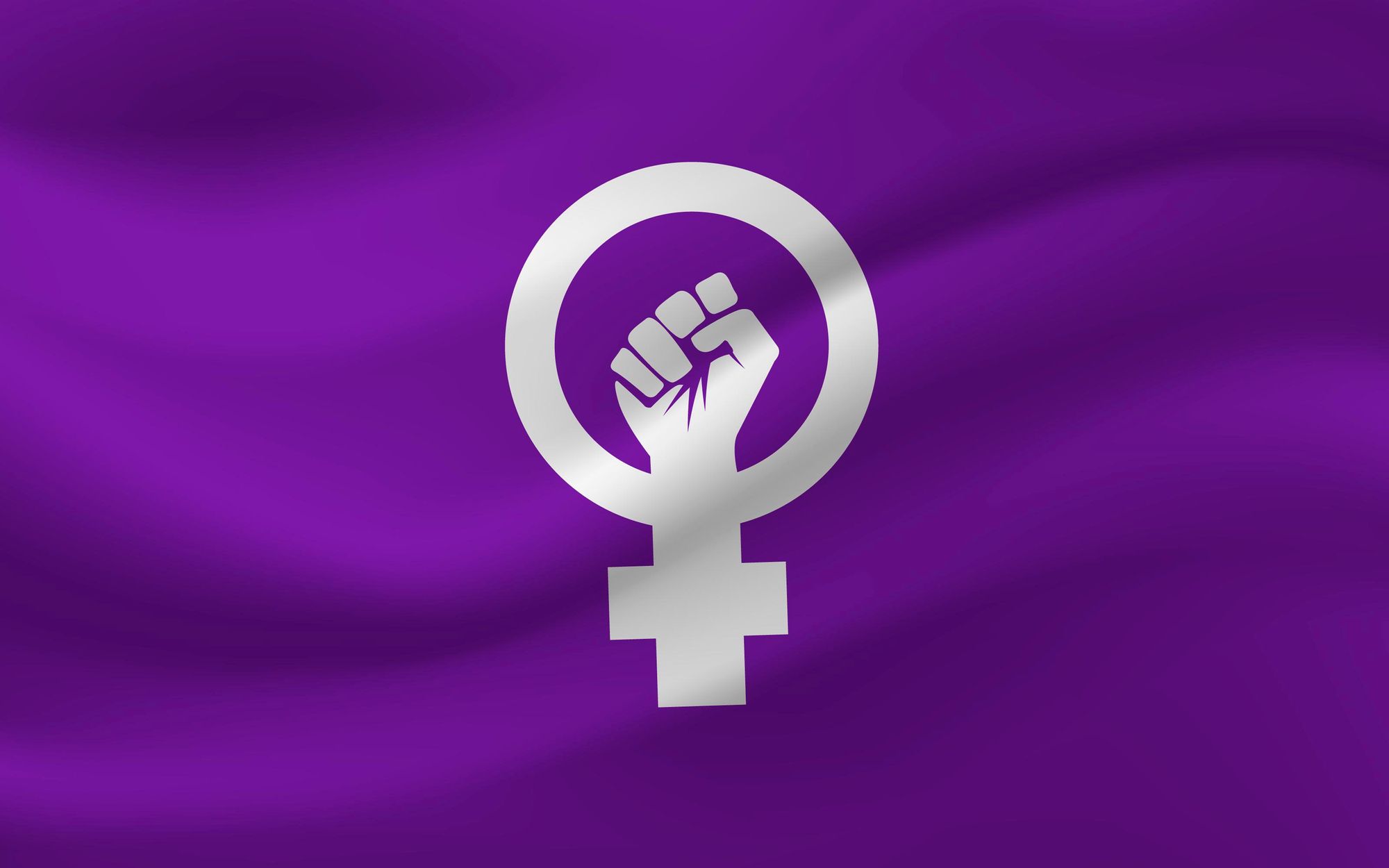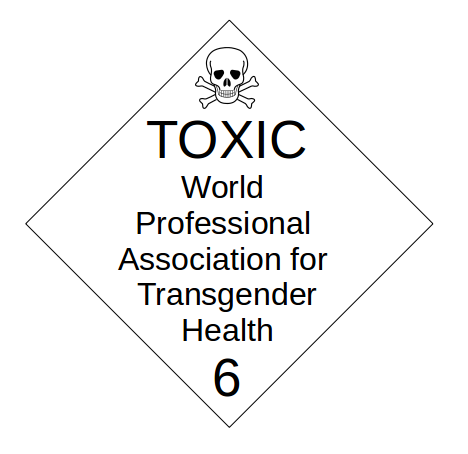From Suffrage Struggles to Bridging the Wage Gap: Feminism and the Modern Economy
Feminism has worked to ensure representation for women in various domains of human activity, aiming to bring about equitability for all the stakeholders involved. The economy is one such area where the emphasis on fairness has been specifically significant, and rightly so. While the working woman might seem like the norm in today’s highly interconnected and globalized world, the idea is not as hoary as one might think.
It was only after the 1960s and 70s that a growing number of people began accepting the idea of women working beyond the household. Initial feminist expeditions worked to secure the right to vote, eventually altering the status quo from the late 1800s until the mid-decades of the following century. This resulted in a significant sociological impact left behind by first-wave feminism, which paved the way for future exhortations.
As the two World Wars plunged the planet into chaos, women swooped in to exhibit that they were just as capable as their male counterparts in sustaining manufacturing lines, among other domains of economic activity. The catastrophic wars would essentially catapult women into the formal workforce, which led to the progressive departure from traditional gender norms and the positioning of women as crucial cogs in the global economy.
That being said, the road to and within economic participation has been far from ideal - rife with conscious as well as subconscious biases that impact women (in particular) and other disadvantaged populations in general. Given that patriarchal paradigms have been the primary reference point for both workplace and broader economic policy, the conquest for parity is far from over. However, the road thus far has some interesting insights to ponder.
Understanding Economic Empowerment
The aftermath of global conflict witnessed a massive explosion of economic potential in the worldwide rebuilding effort. As interconnected markets grew, so did the number of jobs and the demand for a vast workforce. However, with the conflict ending, men returned to their usual jobs and women were expected to return to their stereotypical domestic roles.
Regardless, the experience of the tumultuous years and their able contributions to the war effort had imprinted confidence and the will to remain in the workforce in several women. As their participation grew, so did the questions posed against traditional gender norms, essentially marking a shift in attitudes and making room for women to become integral stakeholders in the workforce and broader economic activity.
Moreover, female involvement in the workforce also synthesized greater agency for women overall by fostering financial independence. This brought about access to greater opportunities, ideas, and resources that triggered further development in the ideals of feminism in and of itself.

As second-wave feminism commenced in earnest, economic and financial independence, along with reproductive autonomy were emphasized, cementing several key perspectives that would define future strides in the movement. By the time women had gained considerable footing in the workplace, silent issues such as a skewed perspective of the broader policymaking process came to the forefront, and a shift toward feminist economics began.
Since systemic solutions often approached the global market and its constituents from a primarily male-oriented viewpoint, women found themselves fundamentally disadvantaged. Despite gaining the right to financial autonomy, they still worked in an environment built to cater to men.
As aptly stated by Julie Nelson in Feminism, Objectivity, and Economics, “The question is not of women entering the economy, but of the economy being reorganized to include women.” The synthesis of feminist economics essentially seeks to address key concerns specific to women in a highly market-driven world, where, unfortunately, inequities have persisted despite consistent efforts to bridge the gaps.
Can Feminist Economics Lead the Way?
In The Economics of Inequality, Nancy Folbre points out an important truth about the cultural and social constructs that disadvantage women and ultimately work their way into gender inequities. Since global economies have invariably been built around male outlooks and perspectives, a renewed approach is called for.
The growth of feminist critiques of global economic practices grew, and the system eventually crystallized to form what is now known as feminist economics. Going beyond the trappings of mere statistics and productivity clauses, the discipline aims to bring about a more holistic approach to address issues affecting not only women but also other disadvantaged groups in an attempt to bring intersectionality to economic and financial discourse.
The synthesis of feminist economics happened between the 1970s and 80s and revealed numerous blind spots policymakers were unaware of. Most importantly, feminist economics addresses major concerns that surround unpaid and underappreciated care work—an aspect of economic activity overwhelmingly provided by women world over.
Feminist economists played a seminal role in outlining the importance of unpaid domestic work, which essentially allows the economic participants of a societal unit to function efficiently. Often overlooked and undervalued, the discipline seeks to bring requisite value to these tasks.
Moreover, feminist economics has also posited a rational understanding which hints that the undervaluing of essential care work remains at the center of perpetuating gender inequities. While this emphasis entails unpaid domestic labor, it also brings attention to numerous underappreciated professions within healthcare, education, and social services.
Going beyond the aspects of undervalued economic activity, the feminist approach to the global economy also seeks to challenge persistent issues like the gender wage gap that has remained despite the consistently rising participation of women in the workforce.
Promisingly, this novel approach has become a growing voice within the policymaking framework, with several publications and organizations such as The International Association for Feminist Economics (IAFFE) leading the way when in addressing issues that concern women and disadvantaged groups. Despite challenges, the domain holds promise and might serve to further the demands for a more equitable global economic model.
The Path Forward
Beyond discussions in boardroom meetings and swanky conference halls, the feminist voice in the market has come a long way. While the challenges might remain stubborn, so has the intent for change.
Most importantly, feminist approaches to economics have spearheaded the effort to acknowledge that gender is invariably tangled with other aspects such as race, class, and sexuality, as well as the economic advantages or disadvantages associated with them.
It has brought the necessary shift in think tanks that formerly focused purely on the statistics and objectivity of it all, without ever considering the matters of sustainable growth coupled with emotive, ethical economic development for all. As the world continues to battle challenges, a growing number of feminist voices in matters of local, state, and global economy will become a necessity to provide conscious solutions.
Enter your email below to sign in or become a 4W member and join the conversation.
(Already did this? Try refreshing the page!)



Comments